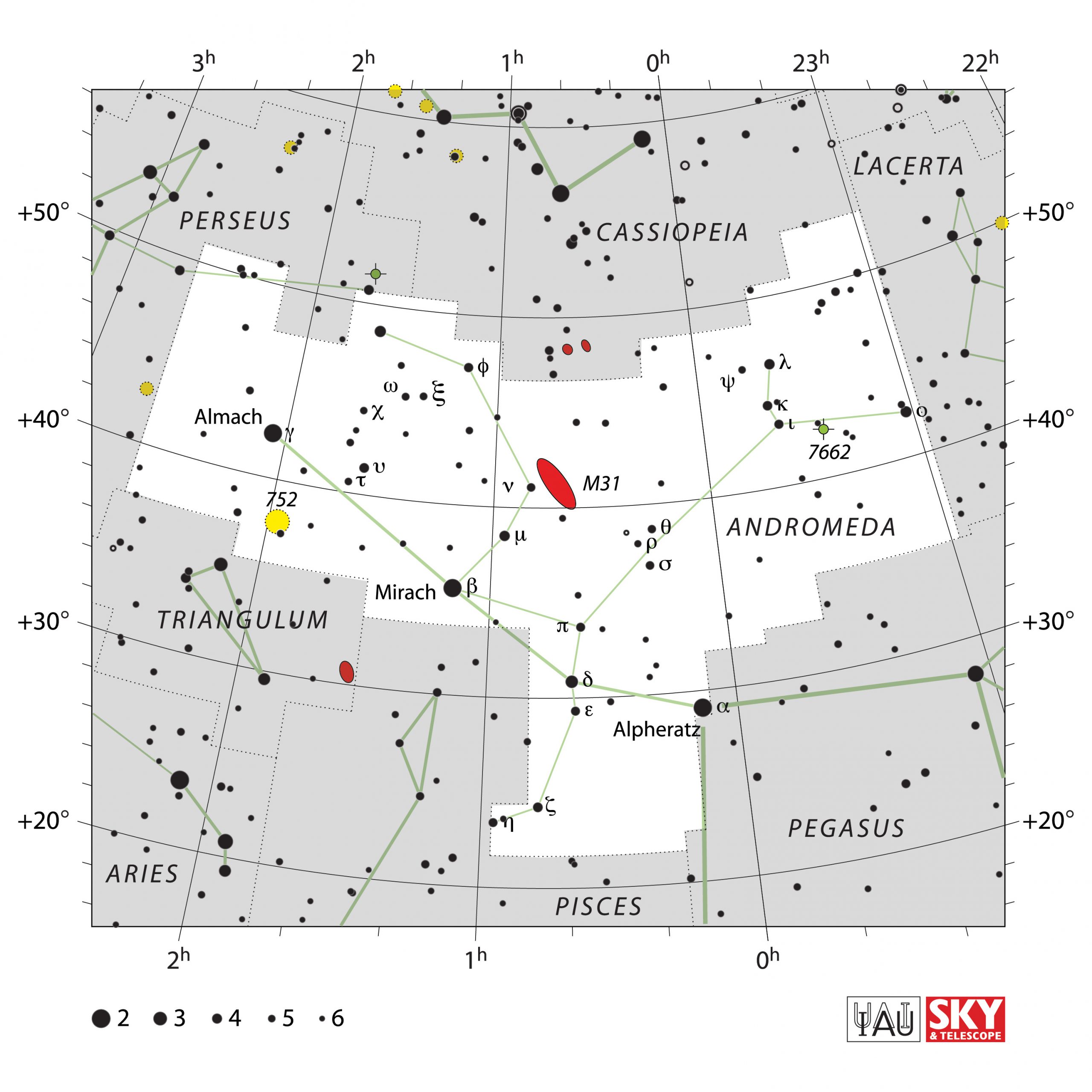Profile / Characteristics
| English translation | Latin declination and pronunciations | Size/ °² | # stars (visible) |
| The Princess | Andromeda – an-DRAH-mih-duh Andromedae – an-DRAH-mih-dee | 722 | 155 |
Main Star (brightest one):
| Designation | HIP number | name in IAU-CSN | brightness |
| α And | HIP 677 | Alpheratz | 2.06 mag (V) |
Our (modern) Explanation
Andromeda is a princess in Greek mythology who was chained to a rock in the sea to be sacrificed for the sins of her mother. Andromeda’s rock is at Jaffa, the historical old town of Tel Aviv.
Ancient Globes
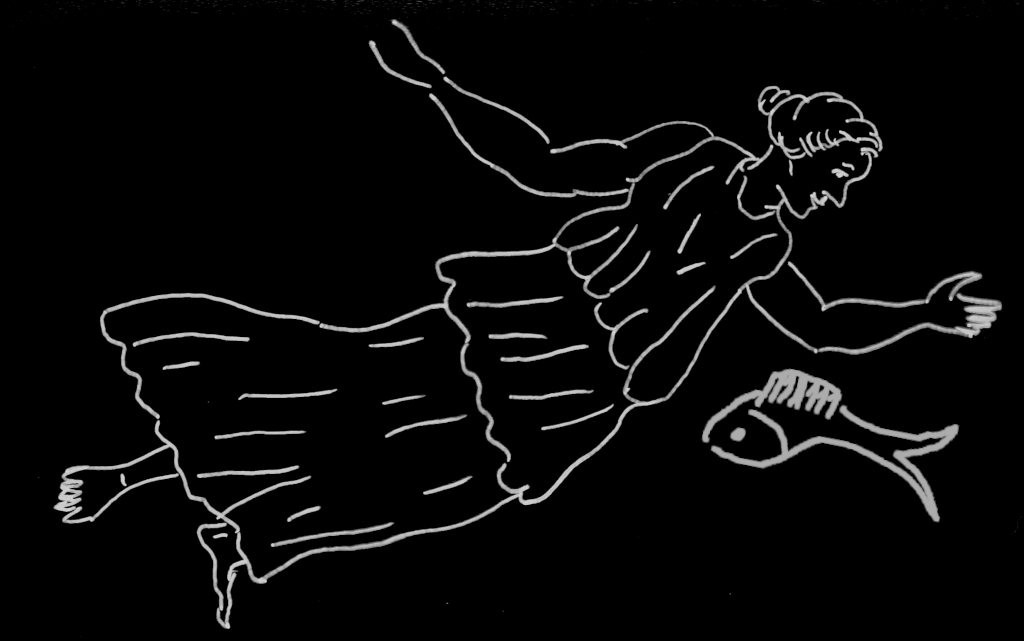
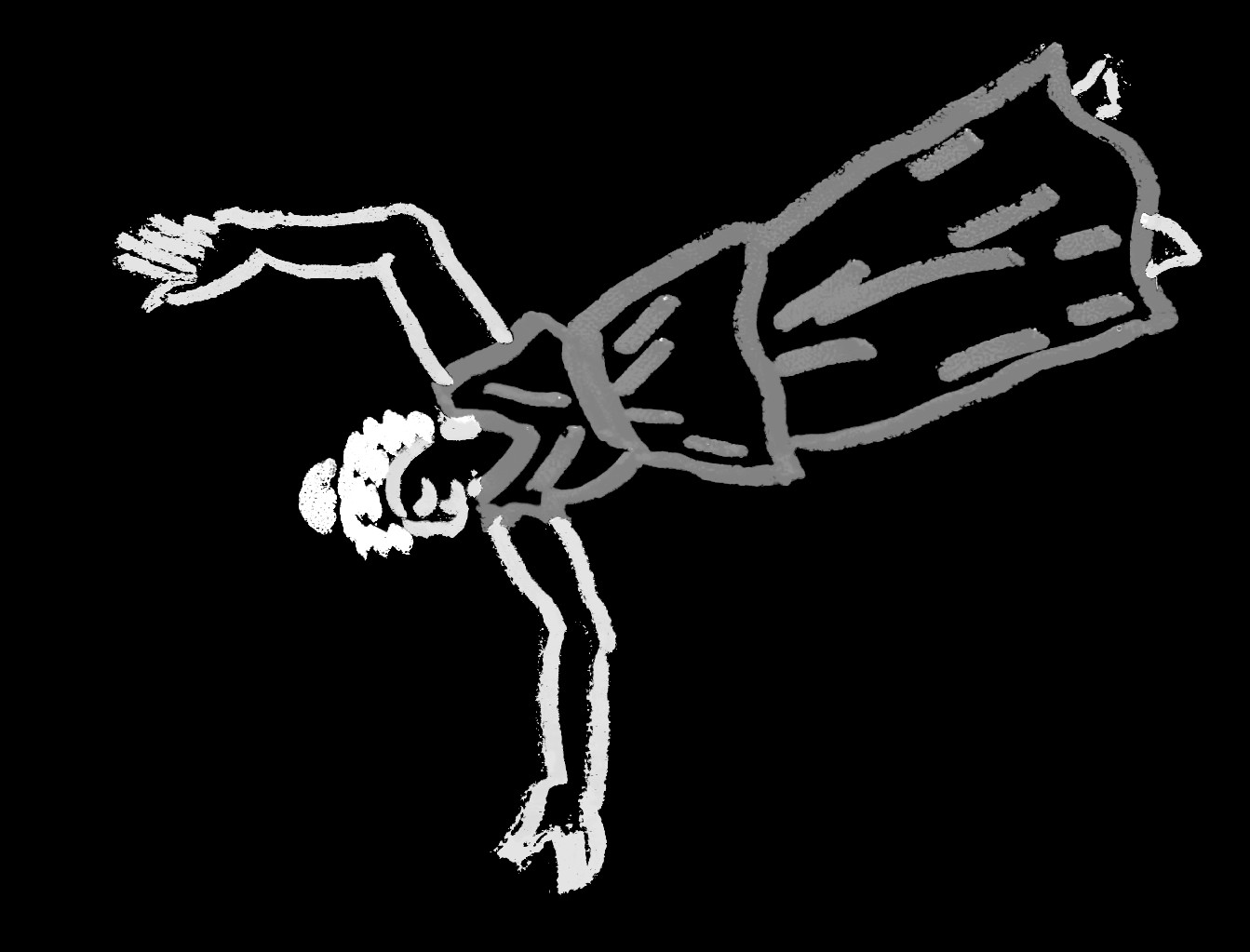
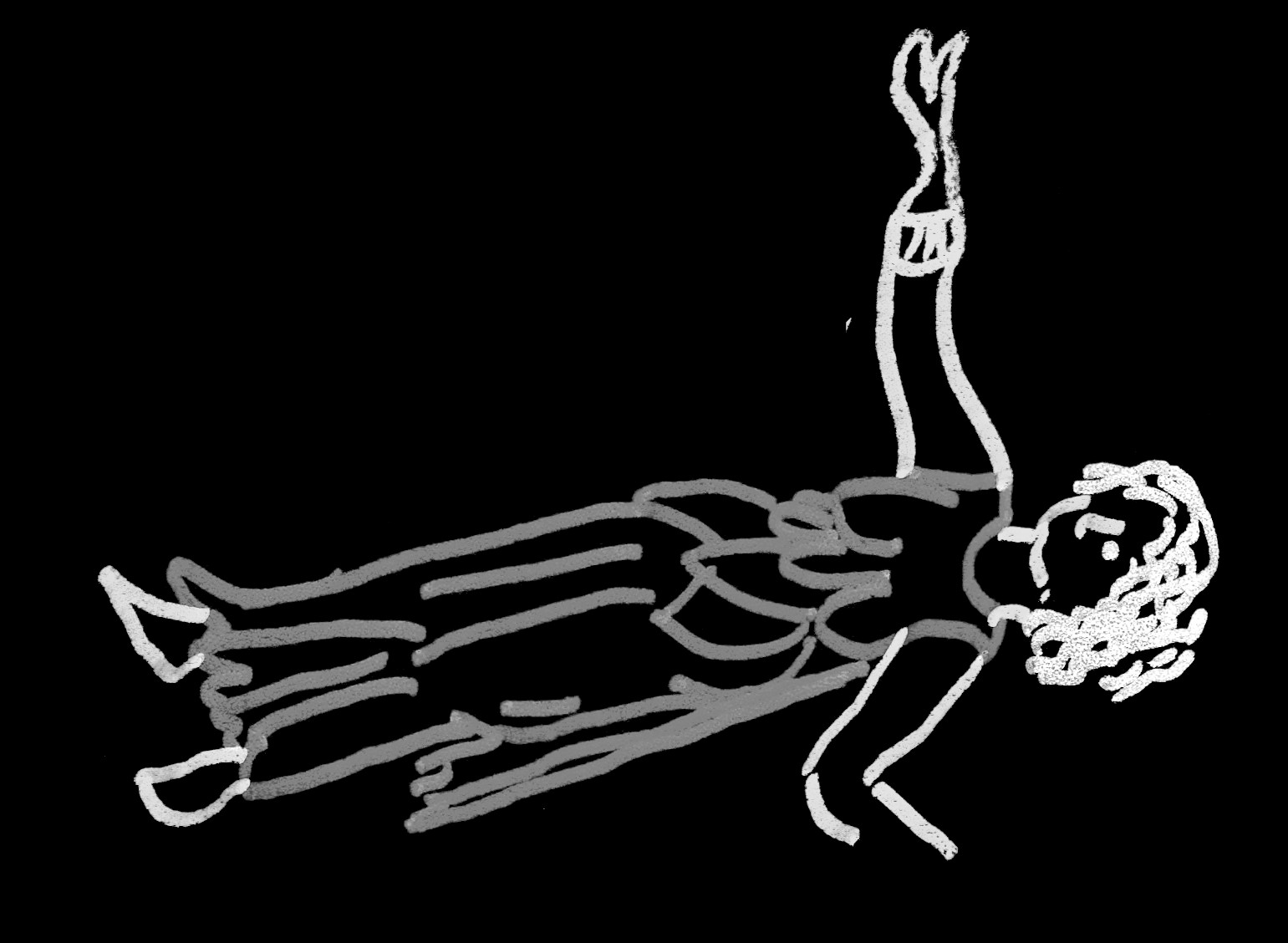
Farnese Globe
Kugel Globe
Mainz Globe
Goddess of Ashkalon (the northern one of the fish belongs to her). This goddess is depicted with a fish (as Andromeda is depicted later in the Arabic tradition: cf. as-Sufi) and her temple is only 80 km south of Andromeda’s rock. She was called Dea Syria by the Romans. ref.: Hoffmann, S.M. (2022). Multiple Greek Sky Cultures. in: Hoffmann and Wolfschmidt (eds.). Astronomy in Culture – Cultures of Astronomy, tredition, Hamburg, 491-523
Hesione (princess of Troy). Hesione was the daughter of a king who was known to betray his supporters. As a punishment of her father, she was about to be sacrificed to a huge fish (sea monster?) but rescued by Heracles. The end of the story varies: some say, he took her as a slave, others say, she married one of his fellows. suggested: Hoffmann, S.M. (2022). Multiple Greek Sky Cultures. in: Hoffmann and Wolfschmidt (eds.). Astronomy in Culture – Cultures of Astronomy, tredition, Hamburg, 491-523
Andromeda (princess of Jaffa)
Ancient Lore & Meaning
Aratus
[197] For there, too, wheels that woeful form of Andromeda, enstarred beneath her mother. Thou hast not to wait for a night, I ween, whereon to see her more distinct! So bright is her head and so clearly marked are both the shoulders, the tips of her feet and all her belt. Yet even there she is racked, with arms stretched far apart, and even in Heaven bonds are her portion. Uplifted and outspread there for all time are those hands of hers. [352] Andromeda, though she cowers a good way off, is pressed by the rush of the mighty Monster of the Sea [Cetus]. For her path lies under the blast of Thracian Boreas, but the South wind drives against her, beneath the Ram and the Pair of Fishes, the hateful Monster, Cetus, set as he is a little above the Starry River. [630] The head of Andromeda is setting and against her is brought by the misty South the mighty terror, Cetus, but over against him in the North Cepheus with mighty hand upraised warns him back.
Reference:
English translation by Douglas Kidd (1997).
Aratus: Phaenomena, Cambridge Classical Texts and Commentaries, Series Number 34
Pseudo-Eratosthenes
reference to Euripides’ “Andromeda”
References:
French translation by:
Jordi Pàmias i Massana and Arnaud Zucker (2013). Ératosthènes de Cyrène – Catastérismes, Les Belles Lettres, Paris
English version in:
Robin Hard (2015): Eratosthenes and Hyginus Constellation Myths with Aratus’s Phaenomena, Oxford World’s Classics
Modern and Mediaeval Depiction
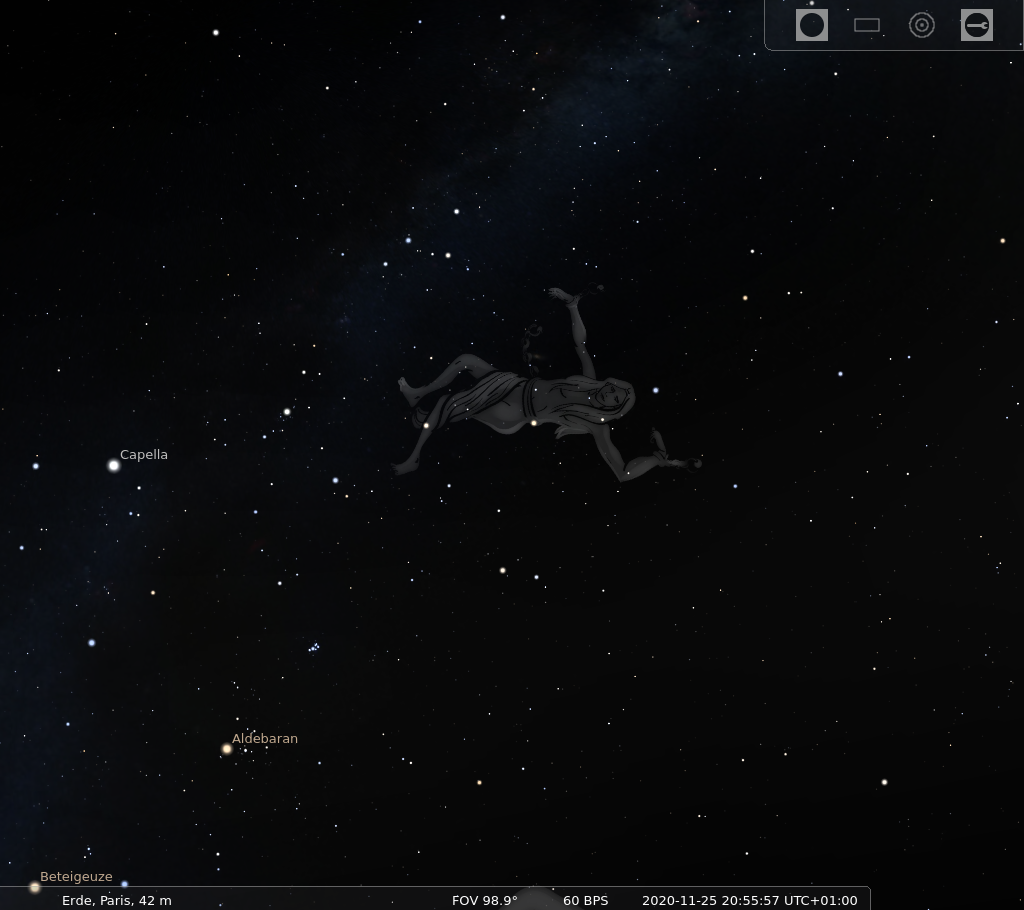
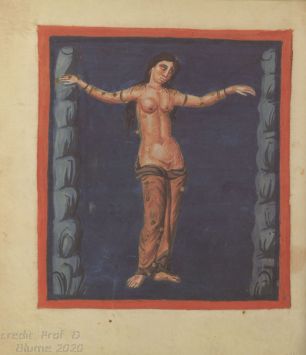
Depiction in Stellarium (by Fabien Chéreau, since 2000 CE)
depiction in the Leiden Aratea (9th century CE)
Early Modern Interpretation
Contemporary
As one of their first tasks in the 1920s, the newly founded International Astronomical Union (IAU) established constellation standards. The Belgian astronomer Eugène Delporte was assigned to the task to define borders of constellations parallel to lines of declination and right ascension. They were accepted by the General Assembly in 1928. The standardized names and abbreviations had already been accepted in 1922 and 1925.
